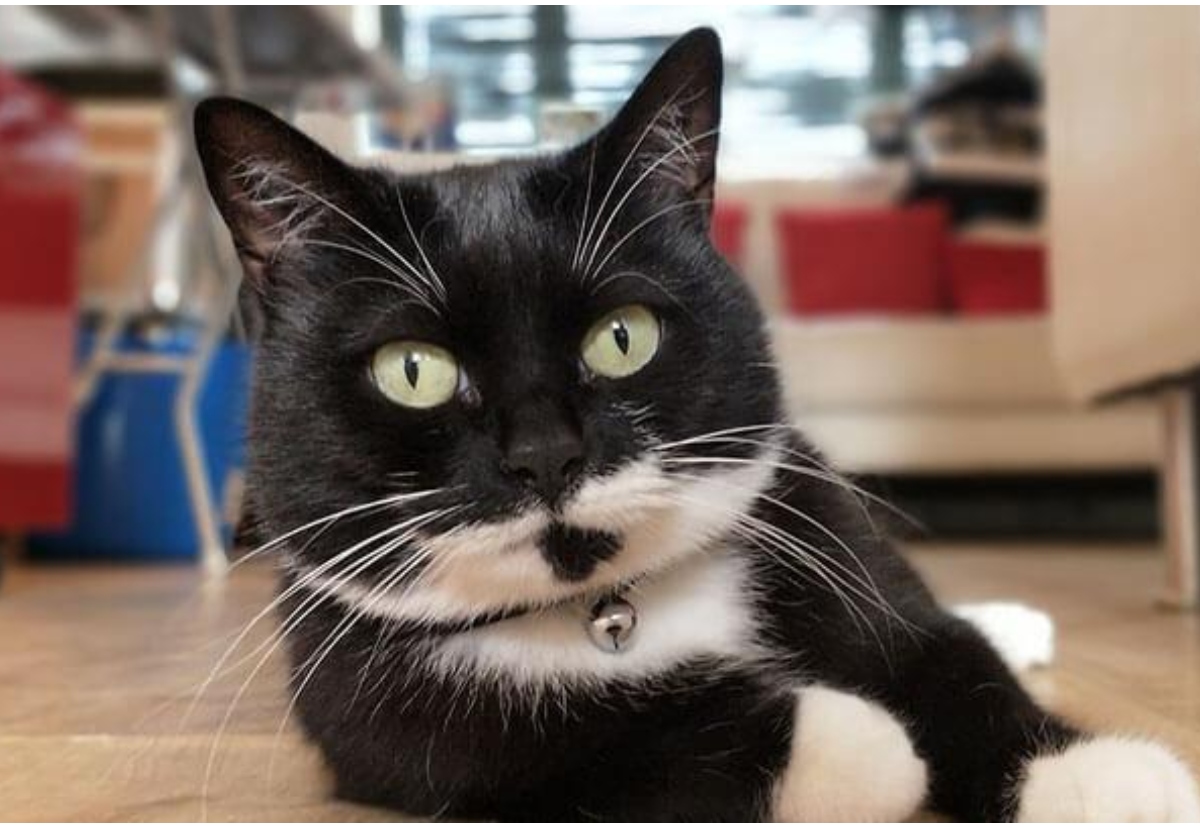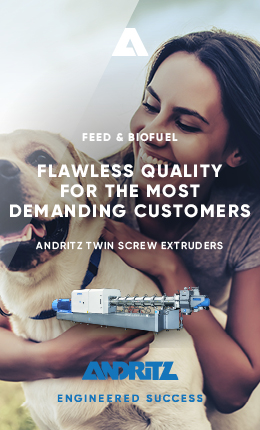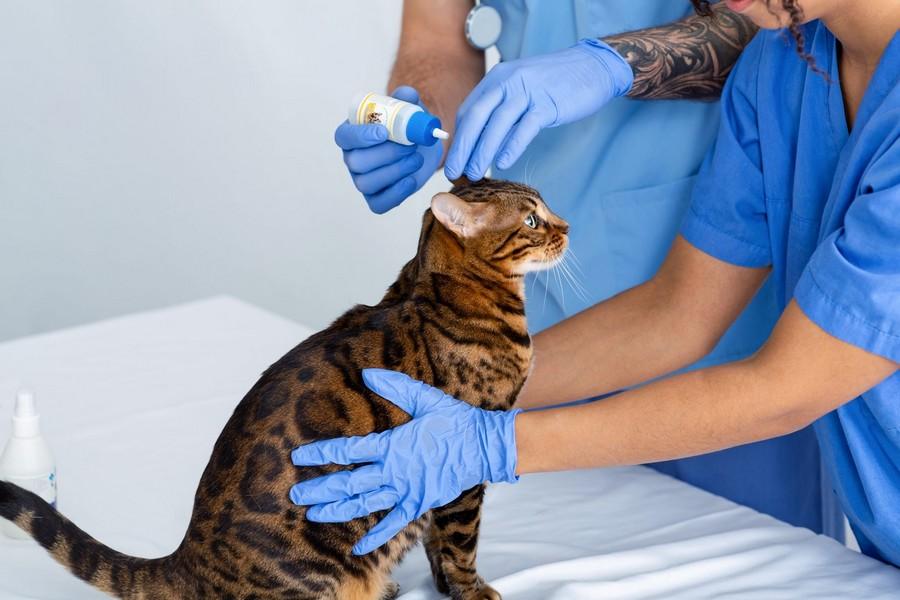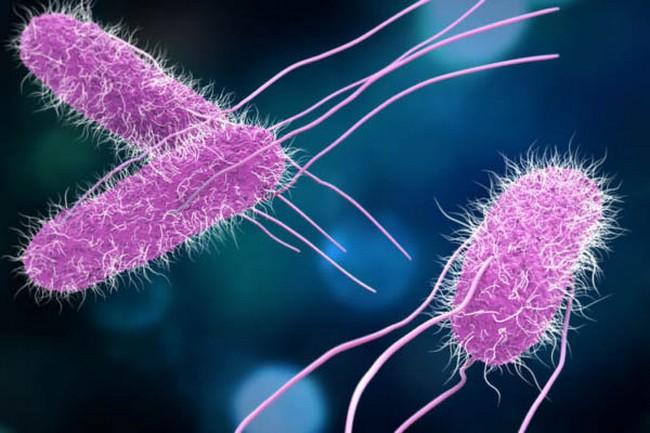Most recently, a piece of consumer research highlighted many pet owners may not be aware of their cat"s nutritional needs and may not be providing a healthy diet. The industry is worried this may cause pet owners unnecessary concern about the quality of food they are feeding their pet.
The nutritional needs of cats are complex and they require over 40 nutrients in their daily diet to remain healthy and happy. The easiest way for cat owners to ensure they are providing the right nutrition is by feeding a "complete" prepared cat food.
Most pet food is designed to be "complete and balanced," which means each serving is a complete meal and provides all the nutrition a pet needs to be healthy. This is usually visible on pet food packaging.
To ensure a "complete" diet, PFMA members formulate their pet foods diets in line with the FEDIAF (European Pet Food Federation) Nutritional Guidelines for Cats and Dogs. These guidelines detail the nutritional needs of cats and dogs at the varying life stages. They are written and reviewed by independent experts such as vets, scientists and animal nutritionists throughout Europe.
A survey of vets at the London Vet Show highlighted that 91% of vets believe that prepared pet foods for cats and dogs deliver optimum nutrition when fed properly.
There is a wide range of "complete" pet foods available to meet all consumer needs and preferences. Whatever the consumer chooses, all pet foods are subject to the same stringent legislation to ensure safe products of a high quality.
Why are pet food labels so difficult to decipher? We recognise that pet food labelling isn"t always consumer friendly and that sometimes the terminology can be confusing. Pet food labelling falls under EU legislation for farm animal feed, meaning that the way information is listed on-pack is not always understandable for pet owners.
Despite the regulatory constraints, PFMA and its members are committed to providing pet owners with a better understanding of what is in their pet"s food. This is why many pet food manufacturers provide full product information on company websites and have dedicated customer care lines to provide further support.
Why do some pet foods list ingredients and others are vague – using terms such as "cereals"? Current legislation means manufacturers can label ingredients by category or by individual ingredients. Listing ingredients by category means manufacturers can select ingredients based on supply without having the high cost of changing labels constantly and means they can deliver an economical product of high quality.
When a label says meat and animal derivatives (4% chicken) on the pet food label does this really mean that there is only 4% meat in the products? The pet food industry works hard to help consumers understand the legislation particularly surrounding labelling. For example, when a pet food label states 4% of a certain meat ingredient, this does not mean that the product contains only 4% meat. The 4% declaration is a legal labelling requirement which represents the minimum percentage content of the named ingredient guaranteed to be present by the manufacturer. Each recipe includes a blend of different ingredients which are all combined into a food which will meet, in part or entirely, the daily nutritional requirements of the pet.
Why do prepared pet foods include carbohydrates when they are not nutritionally essential for cats and dogs? Carbohydrate in pet food provides a useful and readily available source of metabolisable energy. By using carbohydrate instead of fat or protein to obtain energy, these other nutrients can be used to optimise healthy skin, coat, immune systems etc. The existing science highlights that the carbohydrate levels found in prepared pet foods, both wet and dry, are well tolerated by both dogs and cats and are important for the nutritional contribution they bring. The classification of carbohydrates also includes dietary fibre. Certain fibres, for example moderately fermentable fibres (e.g. beet pulp or rice bran), can also have a beneficial effect on the health of the digestive tract and possibly in reducing the risk of disease.
Can pet food (or ingredients in pet food) cause health problems? No there is stringent legislation in place to ensure that pet food is safe and of high quality. Furthermore, pet food and pet nutrition is subject to intensive study to provide optimum nutrition. It is widely recognised by vets that pets are living longer, healthier lives and that improved nutrition has played an important role in this.
John Foster MRCVS, Chairman of the Pet Health Council[1] explains: "The amount of nutritionally related problems we encountered 30 years ago was legion. We saw bad coats, poor teeth, poor digestion, rickets and shortened life spans. This was all as a result of inadequate nutrition. The widespread feeding of prepared pet foods and advancements in these diets has made a major difference. The majority of modern diets are sophisticated, constructed on the back of intensive research, and trustworthy."
Why don"t pet food labels provide more information on ingredients? There is limited space on a pet food label and it is important that the minimum legally required information (e.g. description, directions for use, ingredients and feeding guidelines) is provided to the consumer. To support consumers, pet food manufacturers often provide full product information on company websites and via telephone help-lines. All companies provide contact details to allow consumers to obtain further information and are legally required to disclose the specific ingredients within a labelled category on a product upon request.
What ingredients are typically used? There is strict legislation covering what ingredients can be used in pet foods to ensure they are safe and nutritious. With regards to the animal based ingredients in pet food, these must come from animals that have been inspected under veterinary supervision and are considered fit for human consumption. Cuts that might not sound appealing to the UK consumer but which might be regularly on the menu in other cuisines or that have been eaten in the UK in the past (e.g. pigs trotters, or fried pig ears, udders) are used. The main concern for the pet food manufacturer is to source nutritionally valuable raw materials. Some of the less favoured cuts could be a perfect source of protein, essential amino acids or other valuable substances.
Source: www.pfma.org.uk
You could be interested: Cats’ noses appear to function like powerful aroma analysis equipment



























































